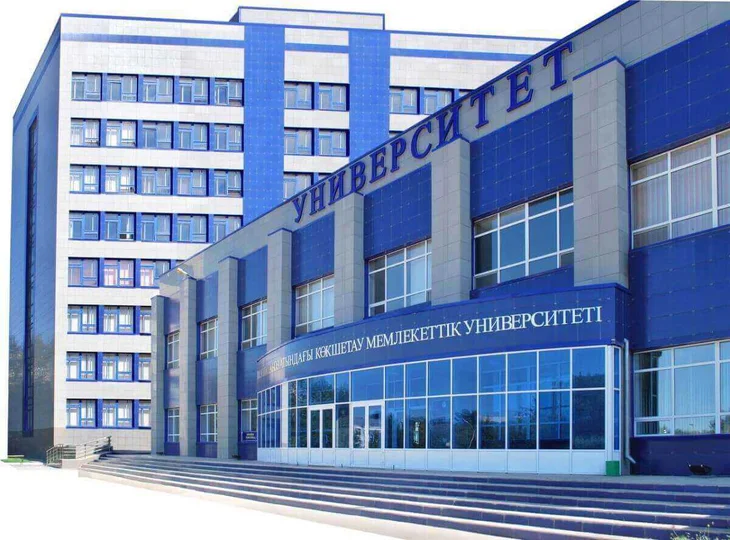
6B07303
Kazakh, Russian, English
Undergraduate
4 year
Mathemathics
Physics
-
Learning outcomes and competencies-Demonstrate basic knowledge of natural sciences, socio-humanitarian and economic disciplines that contribute to the formation of a highly educated personality with a broad outlook and a culture of thinking; understand the importance of principles and culture of academic integrity.
To work in a team, formulate and argue your point of view based on your chosen personal position; to know the methods of scientific research and academic writing and apply them in the field under study;
Demonstrate analytical thinking skills, creative approach and search for innovative solutions to professional tasks, taking into account domestic and foreign achievements of information technology in construction.
To carry out design work on the construction and reconstruction of buildings and structures using IT technologies, and using modern innovative developments in the field of energy saving.
Use SNiPS and EUROCODES in the field of construction; plan and evaluate the feasibility of a project for the development of system software in construction:
To ensure compliance of the developed projects and technical documentation with standards, specifications and other regulatory documents on design and construction; to apply and improve standard methods and means of implementation and maintenance of IP in the field of construction;
Apply engineering analysis methods and perform calculations of structures of buildings and structures, their bases and foundations, engineering systems, including using modern software products;
Apply automated engineering and technical modeling of construction facilities, use engineering and communication technologies to search and process information;
To systematize the rules of work on the design of building structures, foundations of buildings and structures, heat and gas supply systems, ventilation, water supply, and sewerage, organization of construction production, using methods of design, testing, verification and quality assessment of software and integration solutions for construction automation;
Develop CAD concepts, including the selection of design automation tools and the development of a list of basic works on the implementation of the system in construction design.